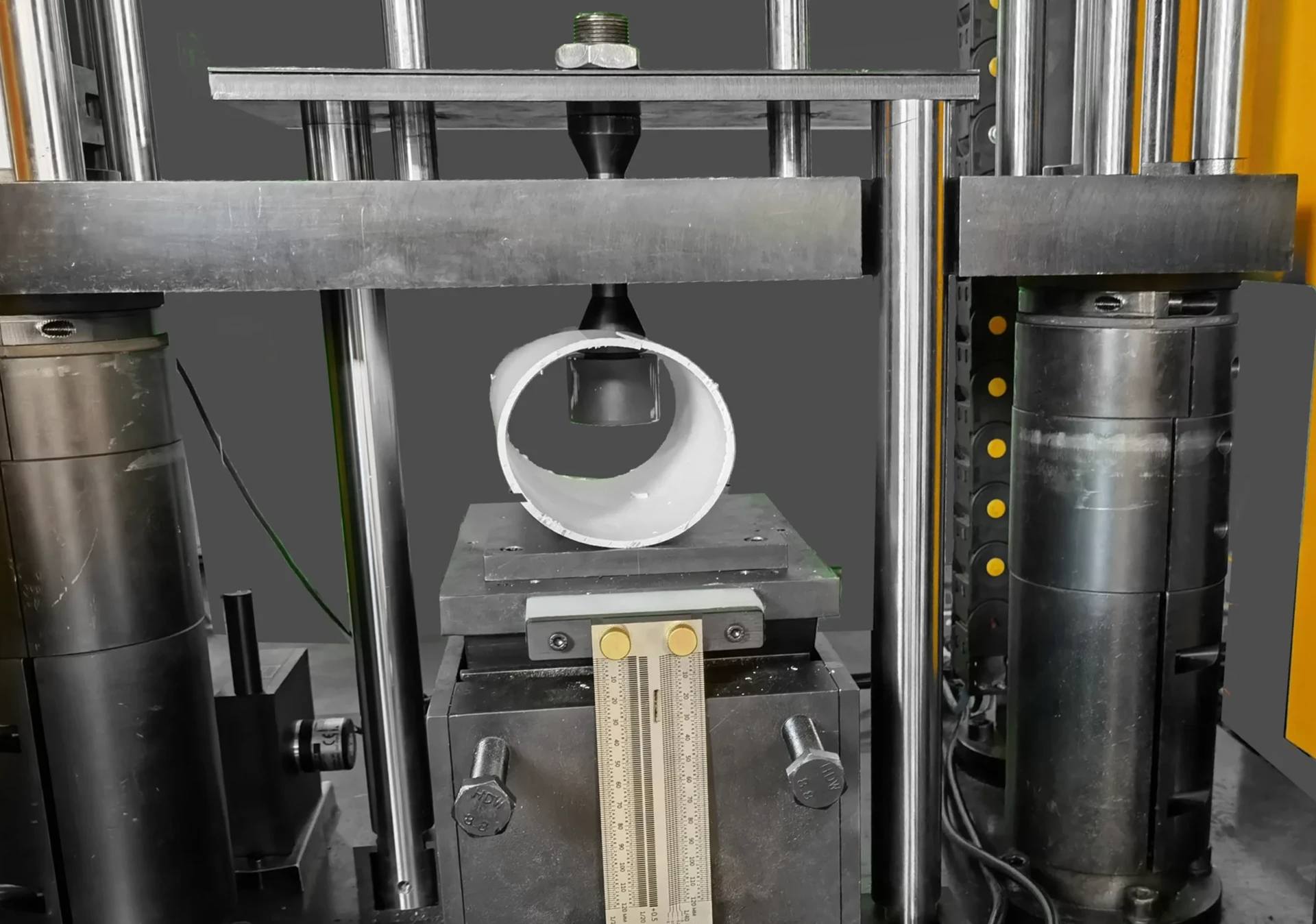ASTM D6179-17 High Impact Drop Test
The ASTM D6179-17 standard test method is used to evaluate the resistance of packaging materials to high-impact forces. This testing procedure assesses how well a package can withstand sudden, severe impacts that may occur during transportation or handling. The primary focus is on ensuring the integrity and safety of products within various packaging designs under simulated real-world conditions.
The ASTM D6179 test involves dropping a weight onto a specimen from varying heights based on the material being tested. The height determines the energy absorbed by the impact, which in turn reflects the package's ability to protect contents against damage. This method is particularly useful for identifying potential weaknesses in packaging design that could lead to product damage during shipment.
The test setup typically includes a pendulum or drop hammer mechanism designed specifically for this type of testing. The specimen is placed on a platform, and a known mass (e.g., 1 kg) is dropped from different heights until failure occurs or the specified number of impacts are achieved. Acceptance criteria may vary depending on specific industry standards but generally involve observing whether the package remains intact after impact.
Understanding this test method helps quality managers ensure that their packaging meets regulatory requirements and exceeds customer expectations regarding product safety during transit. Compliance officers can use these results to demonstrate adherence to relevant standards like ISO 178, ASTM D6179-17, or EN350-2.
R&D engineers rely on this data when developing new materials or improving existing ones by identifying areas where improvements are needed based on empirical evidence from real-world scenarios. Procurement teams benefit too since they can select suppliers who provide packaging that consistently passes rigorous impact tests like ASTM D6179-17.
Scope and Methodology
The scope of the ASTM D6179-17 high impact drop test covers the evaluation of rigid, flexible, or combined packaging materials used for protecting products during transport. The methodology specifies precise procedures for preparing specimens, setting up equipment, conducting tests, recording results, and interpreting findings.
Specimens are prepared according to specified dimensions outlined in ASTM D6179-17, ensuring consistency across multiple samples being tested under identical conditions. Equipment requirements include a drop hammer or pendulum capable of delivering controlled impacts at predetermined heights above the sample surface. Additional tools such as calipers and scales may also be necessary for accurate measurement.
The test begins by positioning the specimen on its supporting platform, followed by aligning the impact point directly over the center of gravity of the package. A known mass is then released from various heights ranging between 10 cm to several meters above the sample surface, depending on the desired energy input into each impact.
Impact points are carefully recorded along with any visible signs of damage or deformation observed during and after testing. Acceptance criteria stipulate that no cracks should appear in the package shell following a specified number of impacts at defined heights. Failure modes such as split seams, crushed edges, or broken flaps would indicate inadequate protection offered by the packaging material.
Industry Applications
| Industry | Main Application |
|---|---|
| Aerospace | Evaluating the durability of packaging used for transporting components and assemblies. |
| Pharmaceuticals | Ensuring that medications remain undamaged during shipment to healthcare facilities. |
| Electronics | Protecting delicate electronic devices from potential damage caused by rough handling or dropping events. |
| Fashion & Accessories | Testing high-end leather goods and accessories for resilience against accidental knocks during retail sale processes. |
| Food & Beverage | Guaranteeing that fragile perishable items like fresh fruits or dairy products arrive safely at their destination without sustaining injuries due to mishandling. |
| Hazardous Materials | Providing assurance that containers holding dangerous substances can withstand accidental drops while maintaining integrity and preventing leakage. |
| Retail & E-commerce | Improving the design of shipping boxes so they better protect products from damage during delivery to consumers' homes. |
This table highlights just some examples of industries benefiting from ASTM D6179-17 compliance. By incorporating this test into their quality assurance programs, companies across diverse sectors can enhance product safety and customer satisfaction through robust packaging solutions.
Environmental and Sustainability Contributions
The ASTM D6179-17 high impact drop test plays a crucial role in promoting environmental responsibility within the packaging industry by encouraging manufacturers to develop more resilient, yet sustainable materials. By ensuring that packages can endure harsh conditions without compromising their protective qualities, this testing method supports efforts towards reducing waste and minimizing resource consumption.
Manufacturers who adopt ASTM D6179-17-compliant practices are better positioned to contribute positively to sustainability goals because they produce packaging that is both effective and environmentally friendly. For instance, if a company discovers through ASTM D6179 testing that its current material does not meet the required impact resistance standards, it has an opportunity to explore alternative materials that offer comparable performance while being more eco-friendly.
Furthermore, by implementing rigorous quality control measures based on ASTM D6179-17 guidelines, businesses can reduce overdesigning packaging which often leads to excessive material usage and increased waste. This aligns well with broader sustainability initiatives aimed at minimizing the environmental footprint of manufacturing processes.





